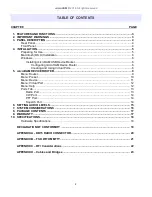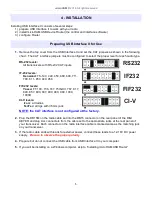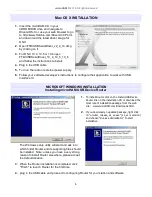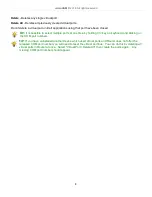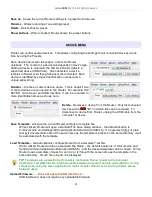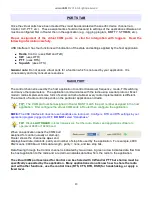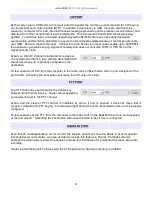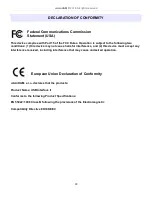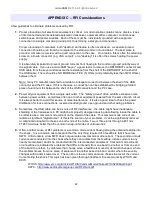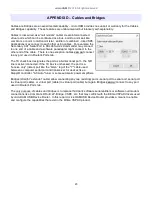
microHAM © 2016 All rights reserved
CW PORT
By their very nature, USB ports are not well suited to transfer the real time events required for CW keying
on virtual serial port control signals (DTR). In addition to the latency in USB, there are also latencies
caused by computer CPU load, internal Windows message processing (inter-process communication) and
data flow from other peripherals using the USB ports. This can result in transmitted characters being
garbled. To minimize these unwanted operating system effects Router uses a specially developed
oversampling and prediction algorythm to assure the smoothest possible transfer of control signal events
over USB. By using these techniques, CW keying in the Router is in most cases usable up to 50 WPM if
the application generates keying signals accurately and does not consume 100% of CPU time at the
highest priority class.
Activity on the CW channel is indicated by red arrow.
The red arrow will light in time with the transmitted CW
characters when port is properly configured in the
application.
To test operation of CW from the computer to the radio, click on Test button with no port assigned or the
port closed. Activating the Test button will cause the CW output to close.
PTT PORT
The PTT channel is used to switch the transceiver
between transmit and receive. Router allows assigning
a virtual serial port to the PTT channel.
Activity and the state of PTT channel is indicated by arrow. If port is opened, it does not mean that is
properly configured for PTT keying. The arrow will light during the entire transmission when port is properly
configured.
To test operation of the PTT from the computer to the radio, click on the Test button with no port assigned
or the port closed. Activating the Test button will cause the radio to key if one is connected.
SQUELCH PORT
Even though most applications do not monitor the squelch and do not have the ability to perform specific
functions based on its status, we have decided to include this feature in Router. Perhaps someday
applications will be able to detect the squelch and use this information for automated functions like audio
recording.
Router reports the Squelch status using the CTS signal when Squelch reporting is enabled.
14


